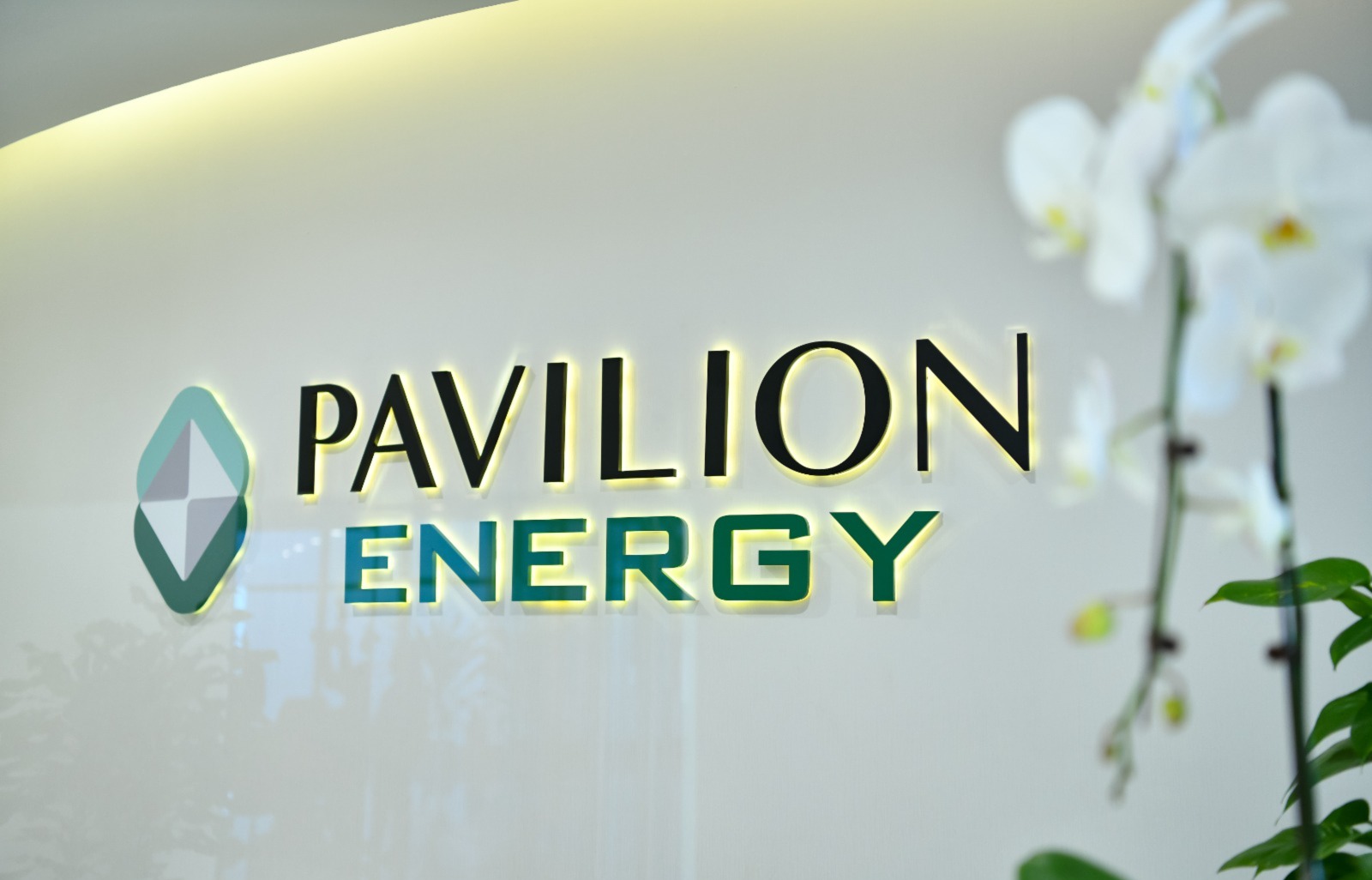Singapore's state-owned Pavilion Energy has performed the first commercial ship-to-ship LNG bunkering operation in the city-state, advancing its LNG bunkering capability, the company said Thursday.
This comes as Singapore, the world's largest bunkering port, continues to expand its LNG infrastructure and strengthen its key role as a global bunkering port and LNG trading hub. The country is also promoting the use of cleaner bunker fuels as stricter environmental rules in global shipping loom.
Pavilion Energy's operation comprised a reload of 2,000 cu m of LNG onto a small-scale tanker at the Secondary Jetty of the Singapore LNG, or SLNG, Terminal, followed by a ship-to-ship transfer to the receiving heavy-lift commercial vessel, it said in a statement.
"Through its wholly-owned subsidiary, Pavilion Gas, a licensed LNG bunker supplier in the Port of Singapore, Pavilion Energy is at the forefront of change for cleaner and more responsible solutions with LNG bunkering," it said.
Pavilion Energy is committed to deliver a comprehensive suite of LNG bunker supply solutions to Singapore and the region, Frederic H. Barnaud, Group CEO of Pavilion Energy, said, adding that Pavilion Energy worked in close collaboration with the Maritime and Port Authority of Singapore, SLNG Corporation and others, to achieve this milestone.
LNG AS A MARINE FUEL
LNG's potential as a marine fuel has advanced rapidly in recent years as it would not only meet the International Maritime Organization's global sulfur limit rule that comes into effect on January 1, 2020, but also help cut greenhouse gas emissions.
In April, a key committee of the IMO agreed to an initial strategy of cutting the shipping industry's total GHG emissions by at least 50% from 2008 levels by 2050.
Compared to existing heavy marine fuel oils, LNG also emits 90% less nitrogen oxide, and through the use of best practices and appropriate technologies to minimize methane leakage, realistic reduction of GHG by 10-20% with a potential for up to 25% can be expected, according to industry sources.
Due to upcoming rules, availability and expectations of favorable pricing economics, LNG's adoption as a marine fuel is expected to be high, with some industry sources expecting it to account for over 10% share of the global marine fuel mix by 2030.
Pavilion Energy, for its part, has taken several initiatives to develop its LNG potential. It demonstrated its truck-to-ship bunkering capabilities in 2017, and further expanded its bunker logistics with the charter of its first LNG bunker vessel newbuild in February, the company said.
"The 12,000 cu m GTT Mark III Flex membrane LNG bunker vessel is set for delivery by 2021, and is the largest of its kind set for use in the Port of Singapore to date," it said.
"Pavilion Energy continues to be a key contributor to the Technical Reference (TR56) for safe, reliable and efficient LNG bunkering operations in the Port of Singapore," it added.






